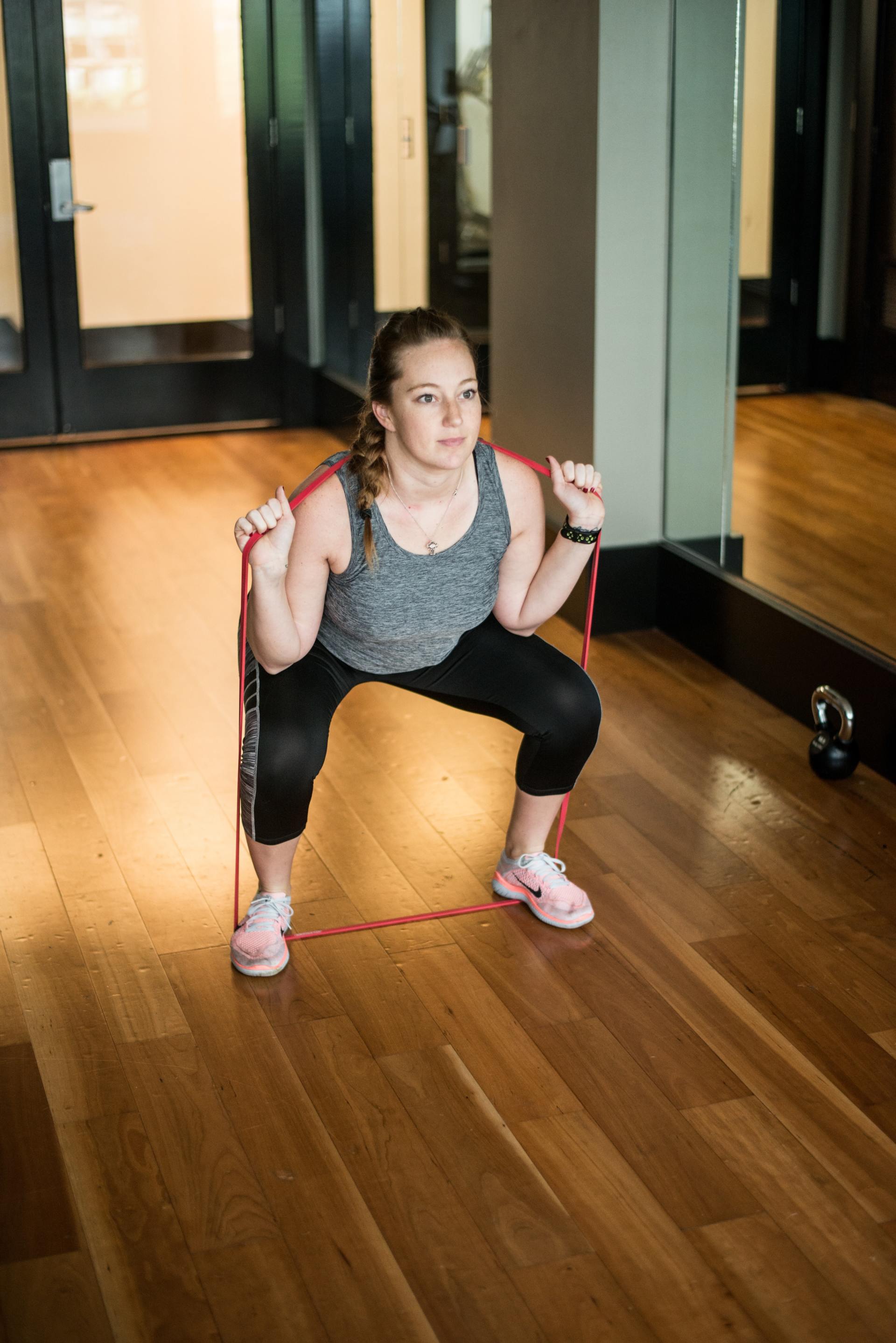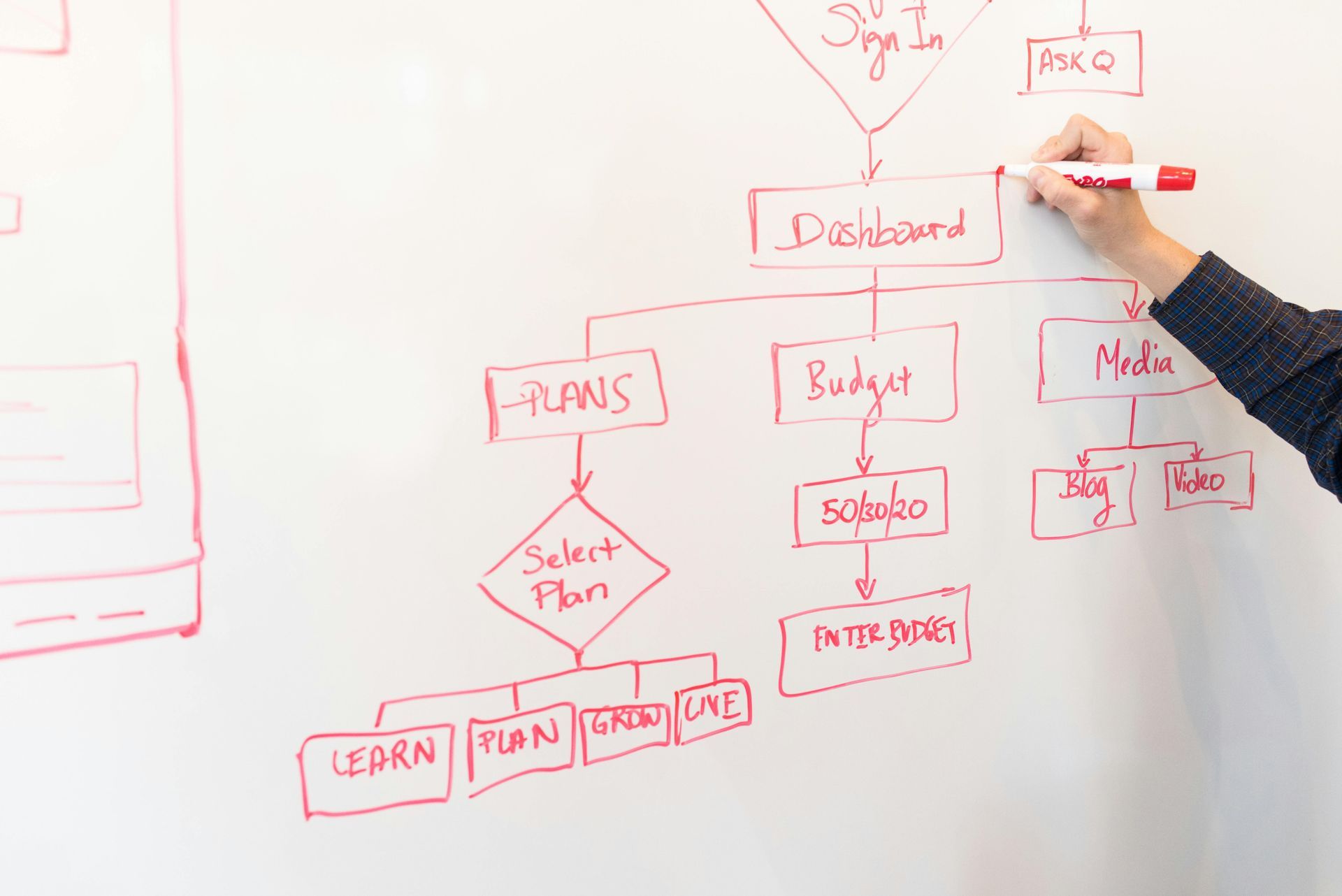Always bring value
Start from your first email correspondence...
Subtleties of focus can make quite the difference even in your email correspondences during the interview process. For instance, examine each of these examples of post-interview follow up to the recruiter:
"Dear Mr. Chen,
I want to thank you for interviewing me for the senior electrical engineer opportunity with your customer, who I remain very interested in. I am very excited about this role and look forward to the next step."
This is satisfactory but it doesn't convey much value. It could be way better.
Focus less on
one's self and more about the
potential value you're bringing and intrigue about the opportunity. In this example, we're looking at a step up into a senior individual contributor role:
"Dear Mr. Chen,
With 7-years of experience working in digital signal processing, I am confident about bringing my expertise in kalman filters toward immediately improving your customer's signal quality, signal to noise ratio, and performance for their deployed IoT applications. Additionally, with my strong foundations in python and team leadership, I am excited to bring a full set of APIs, libraries, and automation tools to share with my team and enhance work-flow while learning from my team and maintaining your high-quality security standards per code base."
During the interview, onboarding into the role, and getting involved in first projects use every chance to add value and make a difference


All Rights Reserved | Privacy |Powered with 🤍 by Shazamme.com









